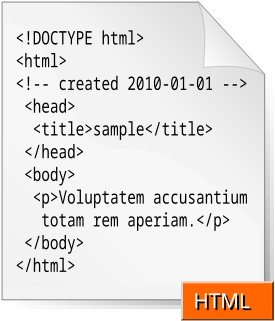Today I will be working with a group of students at Ute Meadows Elementary on the idea of creating and tending their Digital Legacy (or what some people call their a Digital Footprint or Digital Identity). Here are the lesson plans for just such an event:
- Write-on:

- Types of Digital Legacies:
- There is a new type of reputation out there. It lingers and builds long after you you have stopped caring about it. Managing it is hard. Too many elements to focus on, and too little time to maintain them all. So, you do what you can.You look for just the right resources to update at just the right time to get you exposure. You believe that in doing some good, you will get recognized. But this kind of reputation doesn’t work like that. Your expertise can go unrecognized for years. So long as you have a well founded web presence, others will find out just how amazing you are, eventually.
I often think about this digital trail that I am leaving behind. It is amazing to me to know that many of the ideas I am having right now will affect others years from now. I still receive e-mail about a band web page I put up when I was 16. It is scary how much the Internet
has a memory. It is cataloging every keystroke I publish. And this is beautiful. The internet knows that my name is associated with my ideas. This makes me truly happy. - What do you want Google to say about you?
- Design your ideal Google search page with the following items:
- 10 different places on the web that you want to (or already do exist)
- A one-two sentence summary for each of those 10 different places
- The total number of links to be found about you.
- Who will help you create this digital identity/legacy?
- So, if we are all writing a story together, weaving our Digital Identities together, perhaps we better start actually writing a story together. We may never know quite where it will end up, but you can bet that if you start with something that is good enough, it will always keep on growing.

![Reblog this post [with Zemanta]](https://i0.wp.com/img.zemanta.com/reblog_e.png?w=1225)




